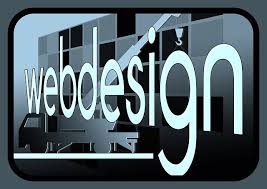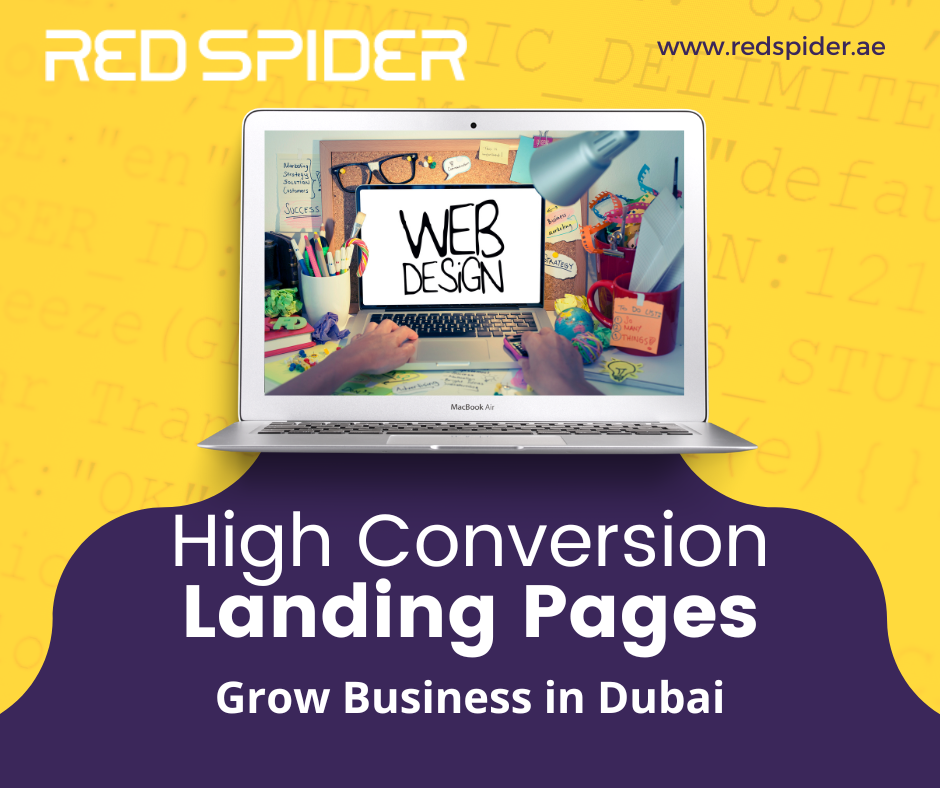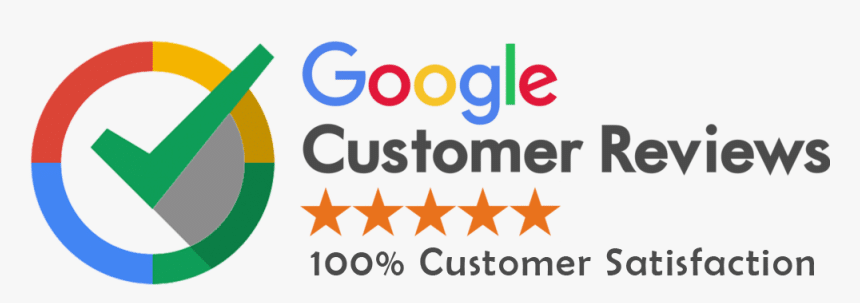A well-designed website is not just about aesthetics; it plays a crucial role in converting visitors into customers. Whether the goal is to share information, generate leads, or sell products, the structure, usability, and functionality of a website directly impact user behavior. We will explore how different elements of website design influence conversion rates and how businesses can optimize their websites for better results.
1. Device Compatibility and Mobile Responsiveness
In the past, most people accessed websites using desktops. However, with the rise of smartphones and tablets, ensuring a website is mobile-friendly has become essential. If a website does not adjust properly to different screen sizes, users may leave immediately, leading to high bounce rates.
How to Improve:
- Use a responsive design that automatically adjusts content for different devices.
- Optimize images and text layout for small screens.
- Ensure clickable elements, such as buttons, are large enough for easy interaction.
2. Website Structure and Navigation
A well-structured website makes it easy for users to find the information they need. If visitors struggle to navigate, they may get frustrated and leave without taking any action. A clear and logical structure guides users toward conversions.
How to Improve:
- Use a simple and intuitive menu.
- Arrange content in a logical flow with clear headings.
- Include an easy-to-find search bar.
3. Page Load Speed and Performance
A slow-loading website is one of the biggest reasons for high bounce rates. Studies show that even a one-second delay can reduce conversions by 7%.
How to Improve:
- Optimize images and videos to reduce file sizes.
- Use caching and a Content Delivery Network (CDN) to speed up loading times.
- Minimize unnecessary scripts and plugins.
4. Call-to-Action (CTA) Placement and Clarity
Every website should have clear CTAs that guide users toward the desired action, whether it’s making a purchase, signing up for a newsletter, or requesting a quote.
How to Improve:
- Use contrasting colors for CTA buttons so they stand out.
- Place CTAs in highly visible areas, such as the homepage, product pages, and at the end of blog posts.
- Keep CTA text clear and action-oriented (e.g., “Buy Now,” “Get a Free Quote,” “Subscribe Today”).
5. Trust Signals and Credibility
Users are more likely to convert if they trust a website. Adding credibility elements reassures them that they are making the right decision.
How to Improve:
- Display customer testimonials and reviews.
- Use trust badges (e.g., secure payment symbols, SSL certificates, verified business badges).
- Include clear contact information and social proof (e.g., client logos, case studies).
6. SEO and Accessibility
A well-designed website should be SEO-friendly and accessible to all users, including those with disabilities.
How to Improve:
- Use proper heading structures (H1, H2, H3) for readability and SEO.
- Add alt text to images for visually impaired users.
- Ensure color contrast for easy readability.
- Improve internal linking to enhance navigation and SEO rankings.
7. Personalization and AI Integration
Personalization improves user engagement and increases conversions. AI-driven recommendations can enhance the browsing experience.
How to Improve:
- Use AI chatbots to provide instant customer support.
- Implement product recommendations based on user behavior.
- Offer personalized discounts and promotions.
8. A/B Testing and Data Analytics
Continuous improvement is key to maintaining high conversion rates. Businesses should use A/B testing and analytics to understand user behavior.
How to Improve:
- Run A/B tests on different versions of landing pages to see what works best.
- Use heatmaps to analyze where users click the most.
- Track key performance metrics such as bounce rates, conversion rates, and session durations.
Conclusion
A website’s design is directly linked to its conversion success. By focusing on mobile responsiveness, fast loading speeds, clear CTAs, trust signals, SEO, personalization, and analytics, businesses can significantly improve user experience and drive more conversions. Investing in professional web design ensures that visitors not only stay longer but also take meaningful actions that benefit the business.












